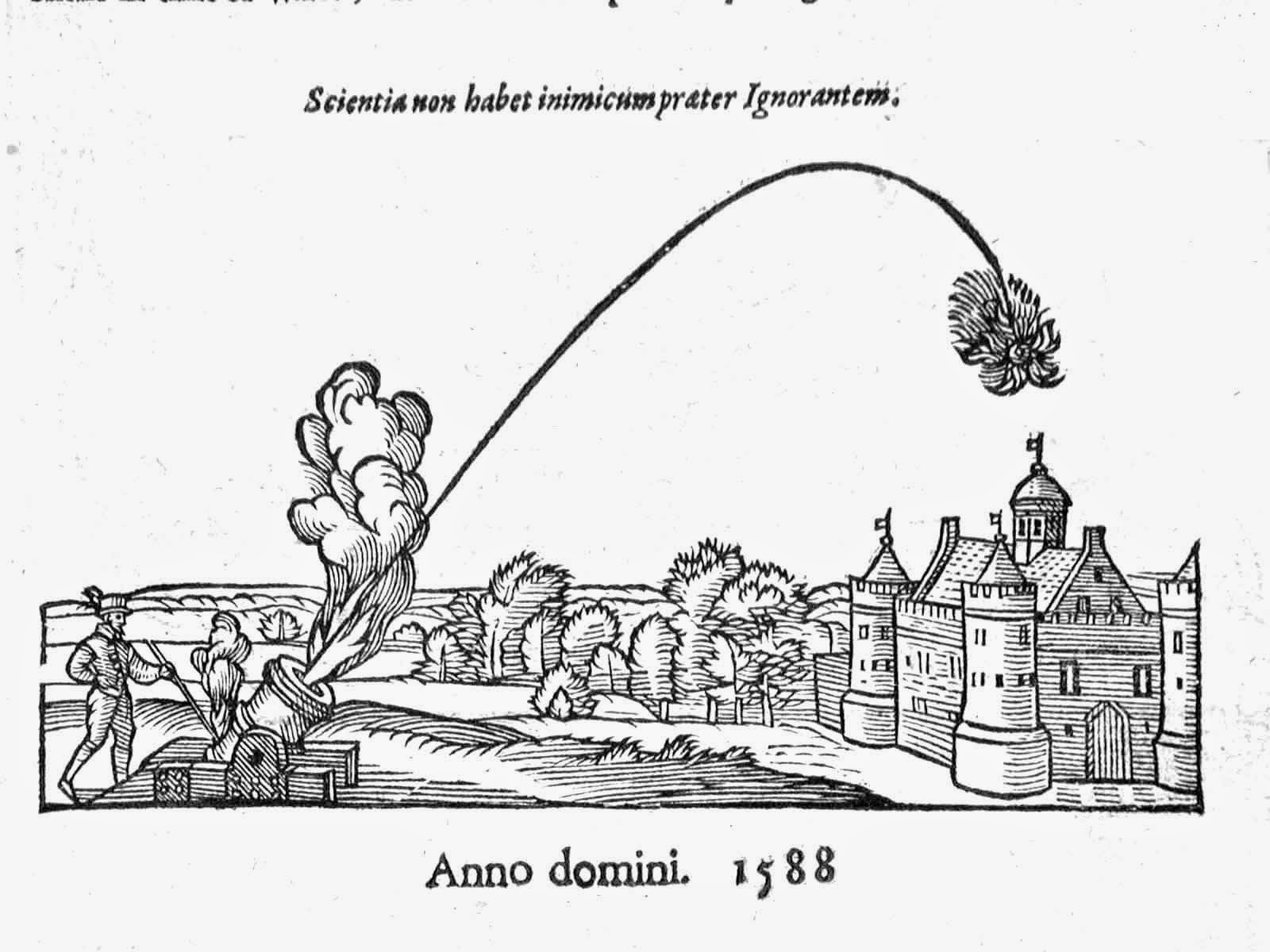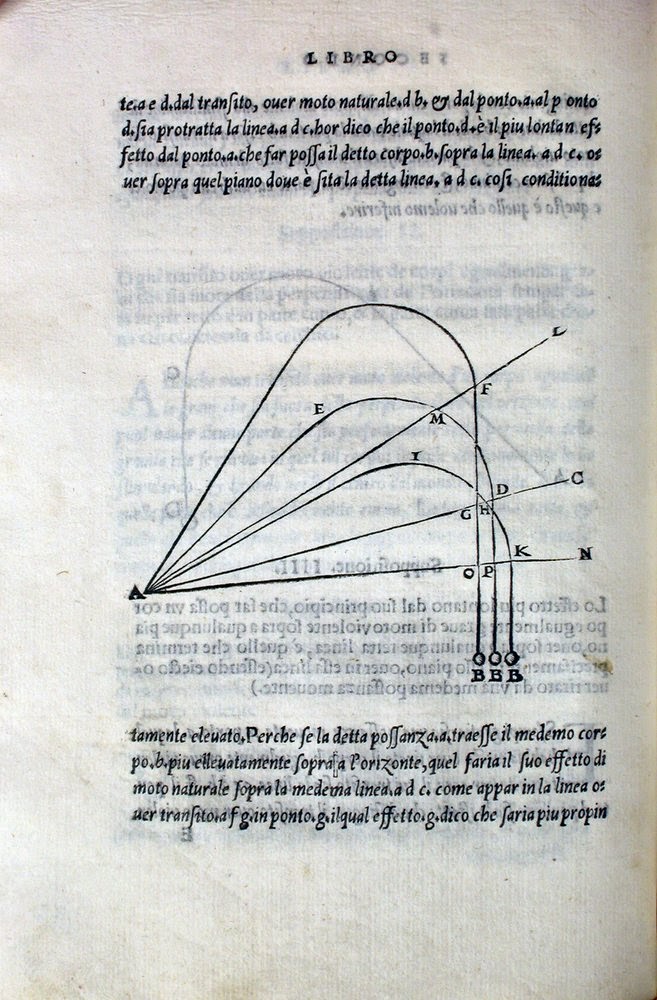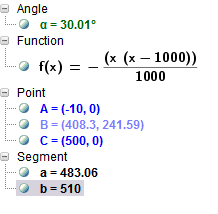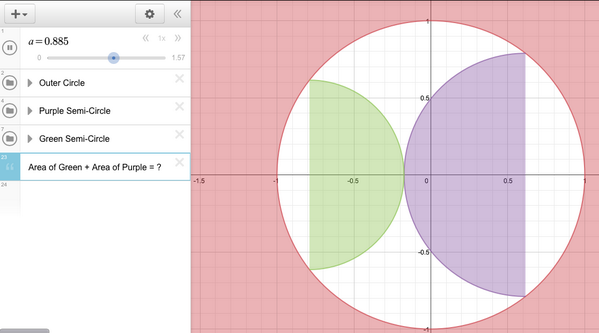2 of 2 Items .... Type: Desmos Challenge
Problems, Questions, and Puzzles to spark discussion and argument in the maths classroom.
Navigation:
- by Source
- by Course
.... - Problem Type: 101 Things
3ACT
ASN
ChatGPT
Combinatorics
Comparisons
Constructions
Create a Problem
DebateMath
Definitions
DESMOS Art
Desmos Challenge
DoThis
Epiphany
Equity
Explainer
Find the Error
Find the Pattern
Game
Geometry Snacks
Graphicacy
Graphical Approach
How Many Ways?
How Many?
Illusion
Impossible Problem
MathArt
MathStrategy
MathTip
Meme
Mimizu
Modeling
New
New Understanding
Notation
Notice, Wonder
Number Theory
Number_Search
Number_Talks
Open Middle
Optimization
Pedagogy
Policy
Proof Without Words
Puzzle
Rates
Ratios & Proportions
Raw Pure Math
Regressions
Sensible?
Sidewalk Chalk
Smart Substitution
Starters
Strategy
Terminology
The Hook
The RealWorld
Topology
Understandings
VennWords
Wait. Really?
WCYDWT
What If
What is This?
What Questions
Which Would You Choose?
WODB
Yohaku
. . . View This Fullsize
Tartaglia

Using the angle between line of sight to the projectile and the horizontal, show why the trajectory was considered to be in this shape for many centuries.
(Hint: consider that only those viewing from BEHIND could see the projectile. UPDATE: Yes, those in front could see something coming. "I couldn't figure out what it was coming closer and closer ... then it hit me.")

This may be more than you want ... if so, pay no attention to the following instructions.
In DESMOS or Geogebra, graph the parabolic arc. We'll assume for simplicity that the cannonball begins at \( (0,0) \) and hits at \( (1000,0) \) with max at \( (500,250) \).
An exercise for Algebra 2: create the parabola that fits those three points.
\( y=x(x-1000)/1000) \).
Place \(A\) at \((-10,0)\) and \(B\), a point on the function \( f(x) \). Place \( C \) at \( (500,0) \) so we have three points.
Create line segments \( \overline{\rm AB} \) and \( \overline{\rm AC} \). Measure \(\angle CAB\). Drag \(B\) along the curve, paying attention to the angle. What do you see?
How does it change as you move \(B\)?


.: [PRE-CALC], [T.R.Milne], [Desmos Challenge].
. . . View This Fullsize
If purple & green are semi-circles, what do you know about the sum of their areas?

.: [GEOM], [DESMOS], [Desmos Challenge].